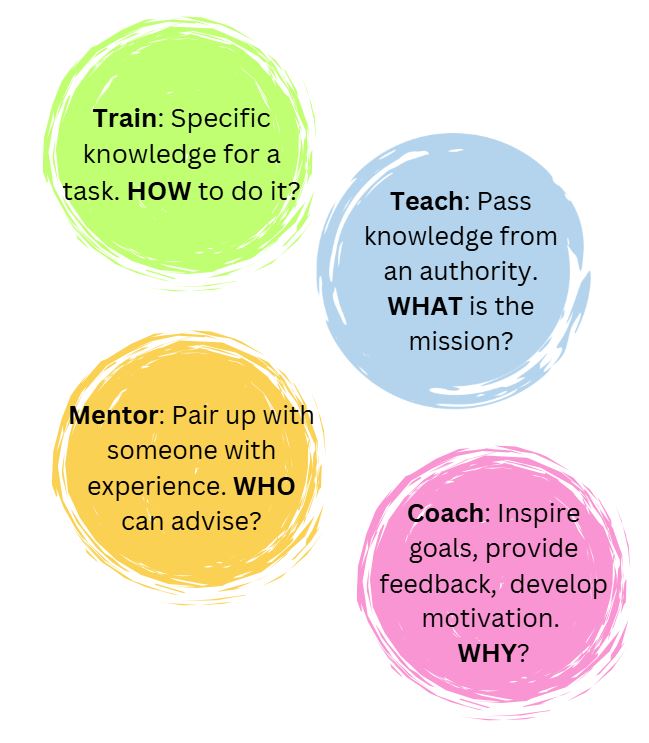
Middle Schoolers: Learning to Volunteer – Start with Training
Middle schoolers are typically the youngest and newest volunteers for events such as a walk-a-thon, or selling lemonade for the children’s hospital. While these volunteers typically start by tagging along with a parent, a scout or school leaders, they should be recognized as independent volunteers who can contribute. The focus for these young volunteers is training- they are most effective with specific tasks and positive reinforcement.
- Engagement is Key: Forget long, dry lectures. Middle schoolers thrive on interactive activities, hands-on projects, and gamified learning. Break down complex concepts into bite-sized pieces and incorporate visual aids.
- Building Confidence:Provide positive reinforcement, celebrate small victories, and create a safe space for students to ask questions and take risks.
- Structure and Routine: While flexibility is important, middle schoolers benefit from clear expectations and predictable routine. It is imperative that they have a very easy way to escalate anything outside their duties.
- Social-Emotional Learning: Help them develop a sense of belonging and build positive relationships with their peers and your mission.
High School: Fostering Independence and Cultivating Passion – add Teaching and Mentoring
High School students are just beginning to develop a stronger sense of identity and become more independent from their family, school, and friends. The focus for them shifts from basic knowledge acquisition in simple training to critical thinking and problem-solving. These students can handle a bit more ambiguity and also will develop their own interests.
- Developing Critical Thinking Skills: These are the students who want to know WHY? They certainly will handle training but can now venture into being taught. Incorporate more of your mission, and show how your work makes a difference.
- Preparing for the Future: Help students explore their interests and develop the skills they need for college or career. Provide guidance on time management, study skills, and goal setting.
- Mentorship and Guidance: High schoolers are often looking for guidance and support as they navigate important decisions about their future. Be a mentor, offer advice, and connect them with resources that can help them achieve their goals. These connections may just lead to a future donor, employee, or ongoing volunteer.
Adults: Tailoring Opportunities to Experience and Motivation – add Coaching
Adult volunteers can bring a wealth of experience and a strong sense of purpose to your organization. They are often motivated by personal or professional goals and prefer learning experiences that are relevant to their lives.
- Respecting Experience and Creating Collaboration: Acknowledge and value the experience that adults bring to the table. Create opportunities for them to share their knowledge and experience with your organization and each other. Being valued and seeing value in others fosters community.
- Focus on Relevance: Design opportunities that are directly applicable to the volunteer’s goals and your organizational needs. Understanding why someone is volunteering will help you deepen the relationship between your organization and the volunteer.
- Promoting Self-Direction and Flexibility: Typically Adults prefer to take control of their learning. Provide them with resources and support, but allow them to set their own pace and choose their own learning paths. Keep in mind that adults often have many responsibilities. Offering classes and training in a variety of delivery methods, like online, hybrid, or evening classes, is very helpful.
Senior Volunteers: Honoring Wisdom and Flexibility – A bit of all the above, as needed
Senior citizens can bring a depth of experience from their career, family, or past volunteer histories. The recently retired will also have capacity to volunteer and possibly large networks of friends and family. They are often motivated by personal and professional experiences.
- Engagement: As with other adults, seniors bring knowledge built up over a career and a lifetime. Create opportunities that honor that wisdom and allow them to share their knowledge and experience with your organization and other volunteers.
- Focus on Relevance: Design opportunities that are directly applicable to the volunteer’s goals and your organizational needs.
- Foster connections: Senior citizens have built up a lifetime of connections, don’t disregard the reach this can mean to your organization.
- Respect their introspection: Seniors may also be adjusting to diminished physical and mental health. Volunteering may also be an opportunity to try something new. After a lifetime of career, this could be the opportunity to contribute in new ways for them.
The Common Thread: Building Relationships
Regardless of the age group, the foundation of effective teaching, training, mentoring, and coaching is building strong relationships. Take the time to get to know your learners, understand their needs and goals. By understanding the unique needs and characteristics of learners your volunteer development program can incorporate more successful volunteers and increased retention rates. Volunteers that feel appreciated, useful to the mission, and confident in their duties are naturally more effective and more likely to commit to future opportunities.
Did you know that your volunteers are often some of your best donors, future employees, board members, and recruiters. Similarly, it is often easiest to recruit volunteers from your donors. After all, the believe in your mission. Engaging existing donors as volunteers, and doing it well can advance your relationship with them.
For more information on volunteer development or to schedule a consultation with Guiding Good, please contact us at Guiding.Good@gmail.com
